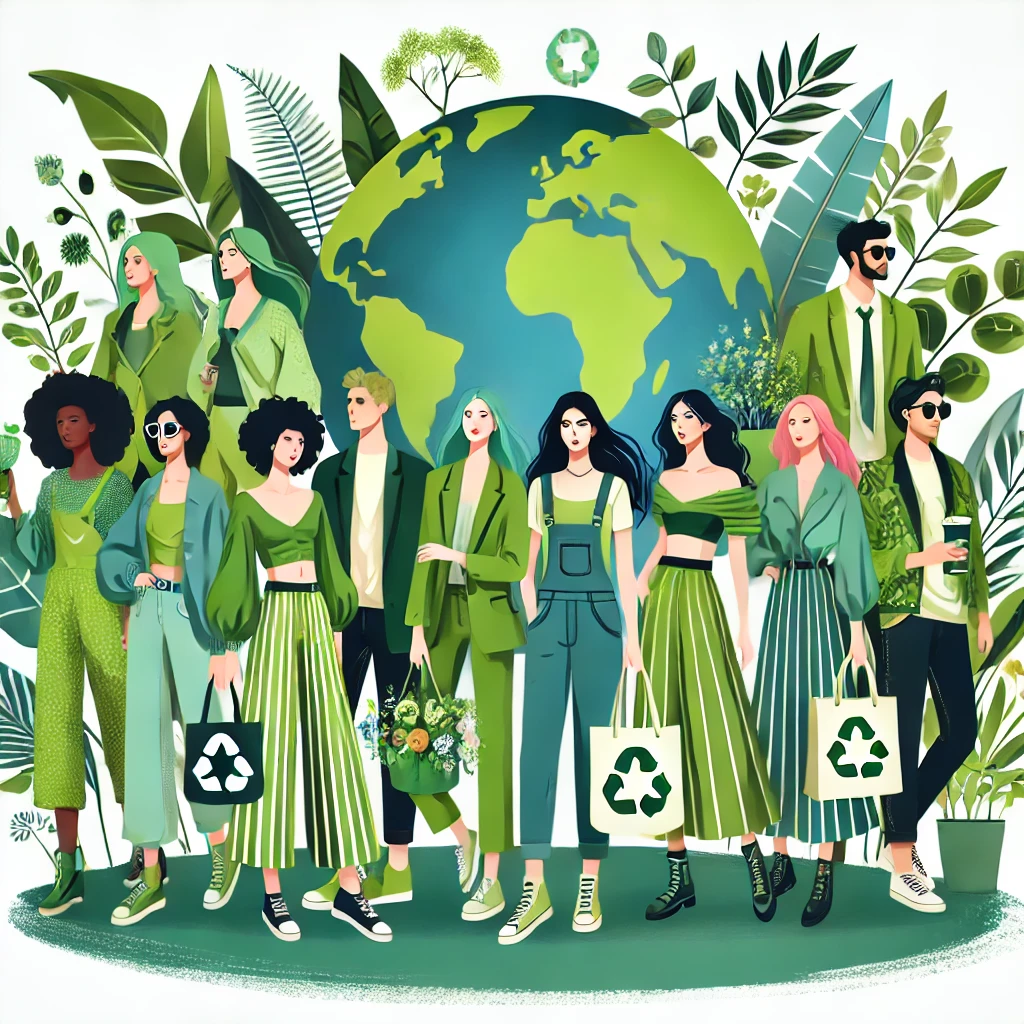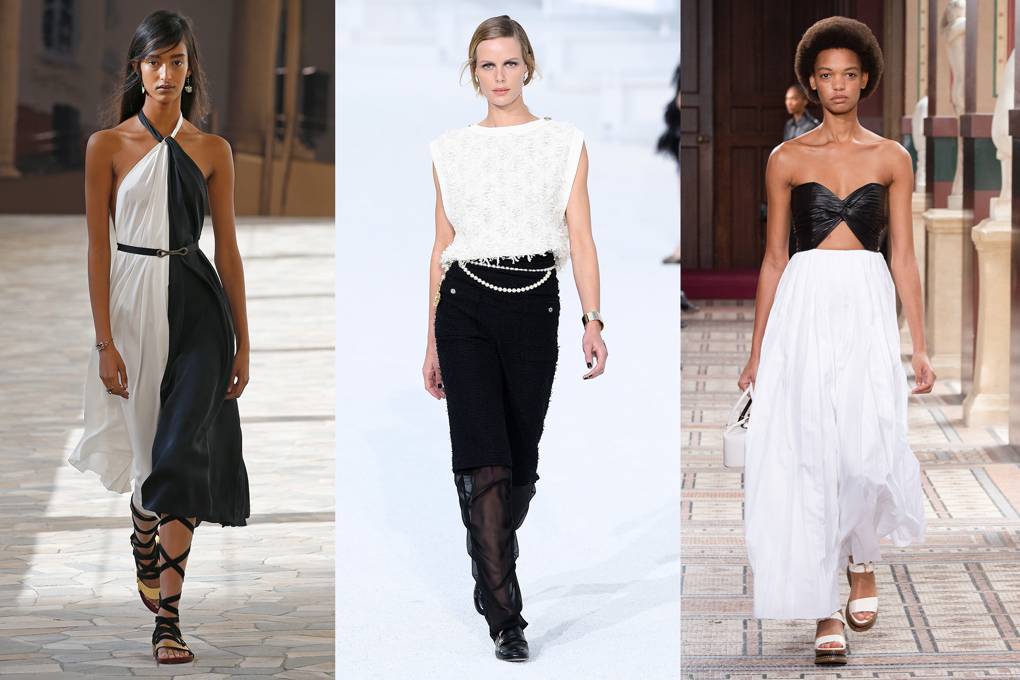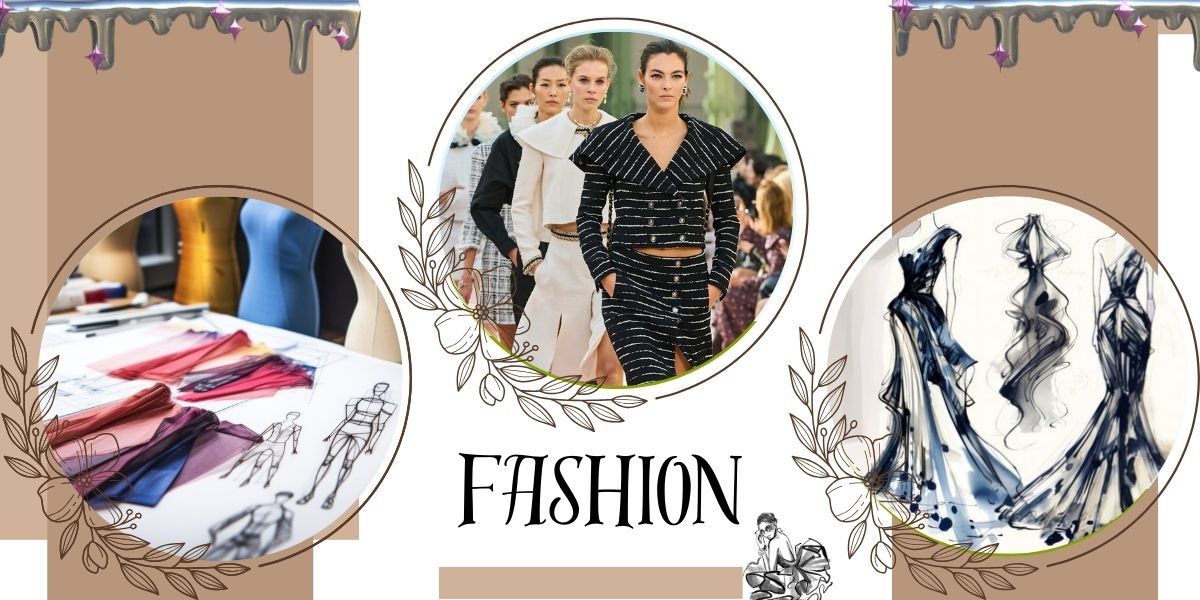Sustainable Fashion in 2025
To embrace sustainable fashion in 2025, consumers must understand the principles behind eco-conscious clothing choices. Sustainable fashion focuses on environmental responsibility, ethical production, and social justice. Brands are evolving to meet these demands, showcasing innovative materials and practices. Sustainable fashion emphasizes longevity, reducing waste, and improving transparency in the fashion industry.
Understanding Sustainable Fashion
Sustainable fashion refers to clothing that is designed, produced, and used in an environmentally and socially responsible manner. Brands such as Stella McCartney lead the way by prioritizing sustainable materials and ethical labor practices. McCartney’s brand is known for using organic cotton, recycled polyester, and innovative plant-based materials. The brand also advocates against animal cruelty, promoting vegan fashion choices.
Choosing Eco-Friendly Materials
To embrace sustainable fashion, consumers should seek out eco-friendly materials. Organic cotton, Tencel, and hemp are popular alternatives to conventional fabrics. These materials have a lower environmental impact, as they require fewer pesticides and less water during production. For example, Tencel is derived from sustainably sourced wood pulp and is biodegradable. Brands like Eileen Fisher are incorporating these materials into their collections, ensuring both style and sustainability.
Consumers can support sustainable fashion by purchasing from ethical brands. Companies such as Everlane and Reformation provide transparency regarding their production processes and labor practices. Everlane is known for its ‘Radical Transparency’ model, which discloses the costs associated with production. Reformation emphasizes its eco-friendly practices by tracking its environmental impact, making it easy for consumers to make informed choices
Prioritizing o adopt a sustainable wardrobe, prioritize quality over quantity. Investing in well-made clothing reduces the need for frequent replacements, minimizing waste. High-quality garments last longer and often require less maintenance. Brands like Patagonia promote this philosophy by encouraging consumers to buy less and repair more. The brand offers a “Worn Wear” program that facilitates the repair and resale of used items.
Embracing Second-Hand Shopping
Renting Fashion
To reduce waste, consider rent for special occasions. Services like Rent the Runway offer a wide selection of designer clothing for rent. Renting allows consumers to enjoy high-quality pieces without the commitment of ownership. This model promotes a circular economy, where clothing is reused rather than discarded. Renting also encourages experimentation with styles that consumers might not typically purchase .
Sustainable Accessories
Sustainable fashion extends beyono accessories. Brands like Matt & Nat create stylish bags and wallets using recycled materials and plant-based leather alternatives. Jewelry brands such as Brilliant Earth focus on ethically sourced gemstones and recycled metals. By choosing sustainable accessories, consumers can enhance their outfits while supporting eco-conscious practices .
Educating Others
To further promote sustainable fashion, educate others. Sharing knowledge on social media platforms, hosting workshops, or discussing sustainable practices with friends can amplify the message. Raising awareness about the environmental and social impact of fast fashion encourages collective action towards more responsible consumption .
The Future of Sustainable Fashion
The future of sustainable fashion is promising, with a commitment to ethical practices. Industry leaders are advocating for systemic change, focusing on transparency, circularity, and social equity. The Fashion Pact, signed by major fashion companies, aims to align the industry with global climate goals. This initiative promotes the use of sustainable materials, waste reduction, and the preservation of biodiversity.
Conclusion
To embrace sustainable fashion in 2024, consumers must actively seek out eco-friendly materials, support ethical brands, and prioritize quality over quantity. The shift towards sustainable practices is essential for protecting the environment and promoting social justice. By choosing sustainable fashion, individuals contribute to a more responsible industry that values both people and the planet. As awareness grows, the collective impact of these choices can lead to significant change in the fashion landscape.





2 thoughts on “How to Embrace Sustainable Fashion in 2025”